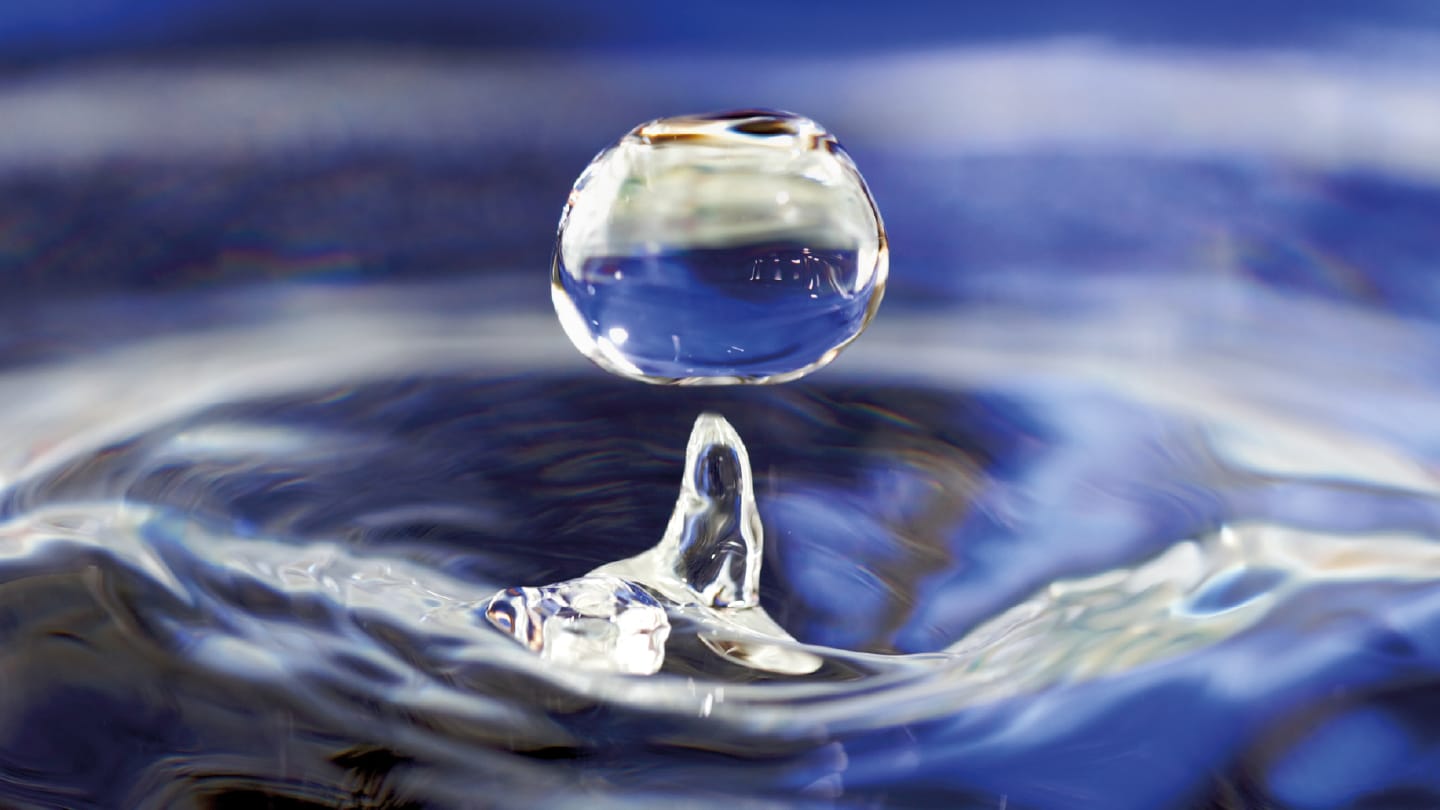
Researchers in Japan have directly observed a long-hypothesized phase of water that is both solid and liquid at the same time. The study reports a “premelting state,” in which confined water molecules maintain the ordered positions of a solid, but rotate with the mobility of a liquid.
The team at Tokyo University of Science confined heavy water (D₂O) inside quasi-one-dimensional nanopores just 1.6 nanometers wide, formed within a cobalt-based molecular crystal. Using static solid-state deuterium (2H) nuclear magnetic resonance (NMR) spectroscopy, they identified a hierarchical three-layered structure: tightly bound water molecules at the pore walls, intermediate layers with weaker hydrogen bonding, and a small cluster at the center that rotated almost freely.
Temperature-controlled NMR experiments revealed that the clusters froze at around 163 K, but between 183 and 243 K underwent a transition to the premelting state before fully melting at 248 K – nearly 30 K below the melting point of bulk ice. Spin–lattice relaxation time measurements showed that while molecules were fixed in place, their rotational correlation times approached those of bulk liquid water. The premelting state required an activation energy of 48 kJ/mol, higher than supercooled water but lower than ice – reflecting a partly broken yet structured hydrogen-bond network.
“The premelting state involves the melting of incompletely hydrogen-bonded H₂O before the completely frozen ice structure starts melting during the heating process,” said Makoto Tadokoro, who led the study. “It essentially constitutes a novel phase of water in which frozen H₂O layers and slowly moving H₂O coexist.”
The researchers suggest that controlling such states could eventually inform the design of new water-based storage materials for gases such as hydrogen and methane.




